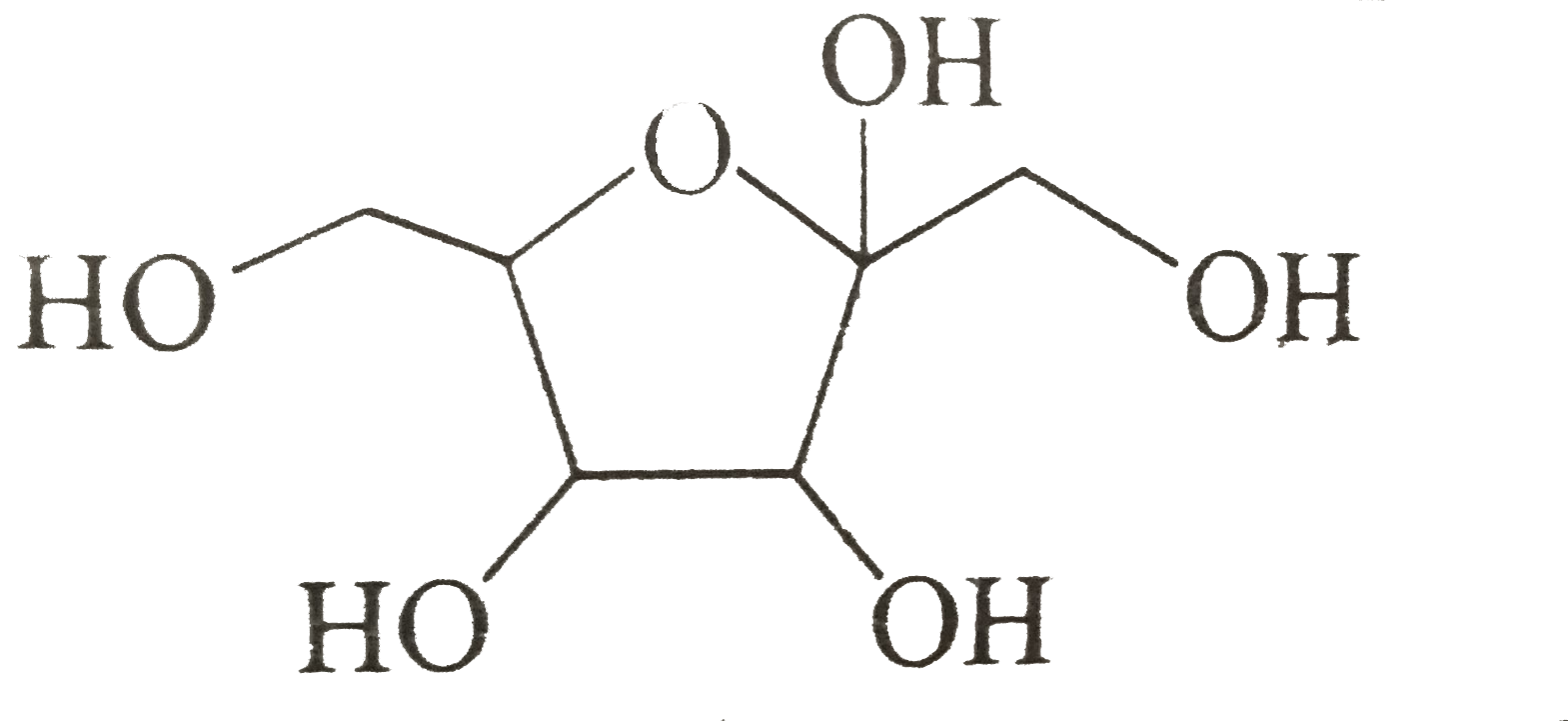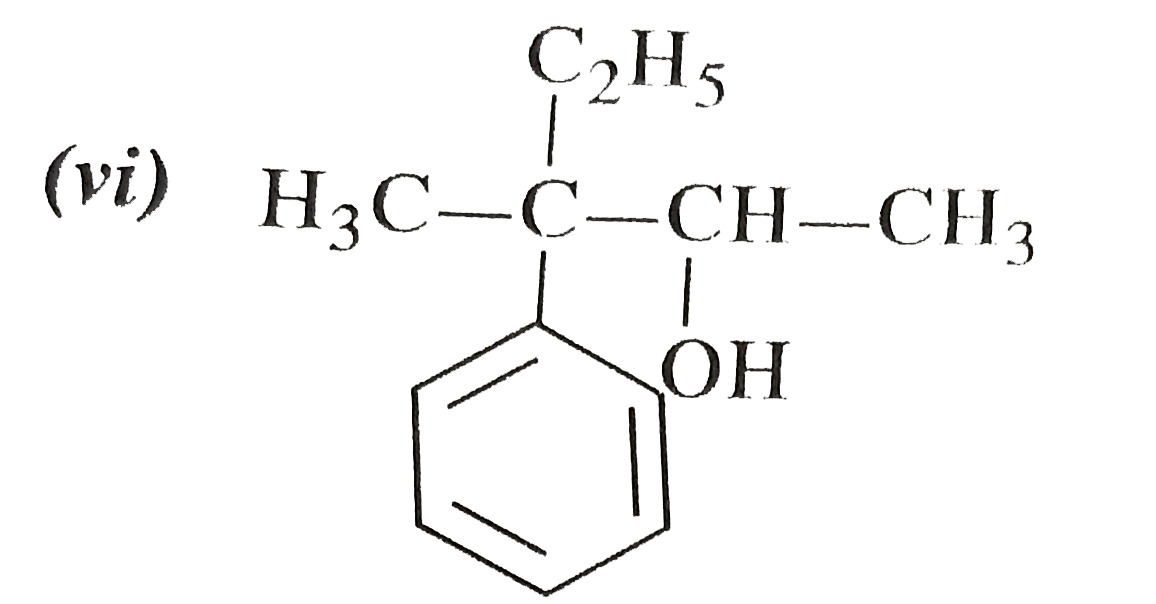The compounds CH3COCH3andCH2=CH(OH)CH3 represent : Solution in Kannada
functional isomerism
position isomerism
metamerism
keto-enol tautomerism
The correct Answer is:D
Step by step video, text & image solution for The compounds CH_(3)COCH_(3)andCH_(2)=CH(OH)CH_(3) represent : by Chemistry experts to help you in doubts & scoring excellent marks in Class 12 exams.
Updated on:21/07/2023Topper's Solved these Questions
- ISOMERISM IN ORGANIC COMPOUNDS BOOK - MODERN PUBLICATIONCHAPTER - ISOMERISM IN ORGANIC COMPOUNDS EXERCISE - MCQ (LEVEL-I) (GEOMETRICAL ISOMERISM)
8 Videos
- ISOMERISM IN ORGANIC COMPOUNDS BOOK - MODERN PUBLICATIONCHAPTER - ISOMERISM IN ORGANIC COMPOUNDS EXERCISE - MCQ (LEVEL-I) (OPTICAL ACTIVITY AND OPTICAL ISOMERISM)
37 Videos
- HYDROGENBOOK - MODERN PUBLICATIONCHAPTER - HYDROGENEXERCISE - RECENT EXAMINATION QUESTIONS
4 Videos
- MOCK TEST PAPER - 1BOOK - MODERN PUBLICATIONCHAPTER - MOCK TEST PAPER - 1EXERCISE - MCQs
60 Videos
Similar Questions
Which of the following compounds can exist in the two geometerical isomeric forms ?
View SolutionSubstances which rotate the plane polarised light are called :
View SolutionA comerical sample of hydrogen peroxide is labelled as 10 volume its percentage strength
View SolutionWhich of the following statement is not correct ?
View SolutionFollowing compounds are given (a) CH_(3)CH_(2)OH , (b) CH_(3)COCH_(3) (C ) CH_(3)CH(OH)CH_(3) , (d) CH_(3)OH Which of the above compound (s) , on being warmed with iodine soluton and NaOH , will give iodoform?
View SolutionHydroboration-Oxidation of CH3CH=CH2 produces
(1). CH3CH2CH2OH
(2). CH3CH(OH)CH2
(3). CH3CH(OH)CH2OH
(4). CH3COCH3
View SolutionWhat is the maximum number of steroisomers possible for each compound?
(a) CH3CH(OH)CH(OH)CH2CH3 (b) CH3CH2CH2CH(CH3)2

View SolutionThe IUPAC name of the compound
CH3−CH−CH2−CH−CH3 | | OH CH3
View SolutionGive the IUPAC names of the following compounds:
(i)C6H5−CH2−CH2−OH (ii)CH3−CH3∣C∣CH3−CH2−CH2−OH
(iii)[(CH3)2CH]3COH. (iv)CH3−CH∣OH−CH2−CH2−O−CH2CH3
(v)CH3−CH2−CH∣Cl−CH∣CH3−CH3∣C∣OH−CH3 (vi)
(vii)(CH3)3COH (viii)CH3−CH∣CH3−CH∣OH−CH2−CH∣CH3−CH3
(ix) CH2OH |CH2−CH2−CH−CH−CH−CH3 | | CH2Cl CH3, (x) CH3−C=C−CH2OH | | CH3Br
(xi) CH2=CH−CH∣OH−CH2−CH3, (xii) CH2OH |CH3−CH−CH2−CH−CH−CH3 | | CH3 OH
View SolutionGive the IUPAC names of the following compounds : (i) {:(" "CH_(2)OH),(" |"),(CH_(3)-CH_(2)-CH-CH-CH-CH_(3)),(" |"" |"),(" "CH_(2)Cl" "CH_(3)):} (ii) {:(" "CH_(2)OH),(" |"),(CH_(3)-CH-CH_(2)-CH-CH-CH_(3)),(" |"" |"),(" "CH_(3)" "OH):} (iii) H_(2)C=CH-underset(OH)underset(|)(CH)-CH_(2)-CH_(2)-CH_(3) (iv)
View SolutionIUPAC name of the compound is
CH3−CH−CH2−CH(OH)−CH3 | CH2 | CH3 is
View SolutionThe IUPAC name of the compound is CH_(3)-underset(CH_(3))underset(|)(CH)-CH_(2)-CH(OH)-CH_(2)
View SolutionCH3COCH3andCH2=COH−CH3 represent
View SolutionGive the IUPAC names of the following compounds: (CH_(3))_(3) C CH_(2)CHO, CH_(3)CH= CHCHO, CH_(3)CH_(2)COCH (C_(2)H_(5))CH_(2)CH_(2)Cl and CH_(3)CH(OH)CH_(2)COCH_(3)
View SolutionCH_(3)CH_(2)COCH_(2)CH_(3) And CH_(3)CHC(OH)CH_(2)CH_(3) Isomerism in compounds
View Solution
